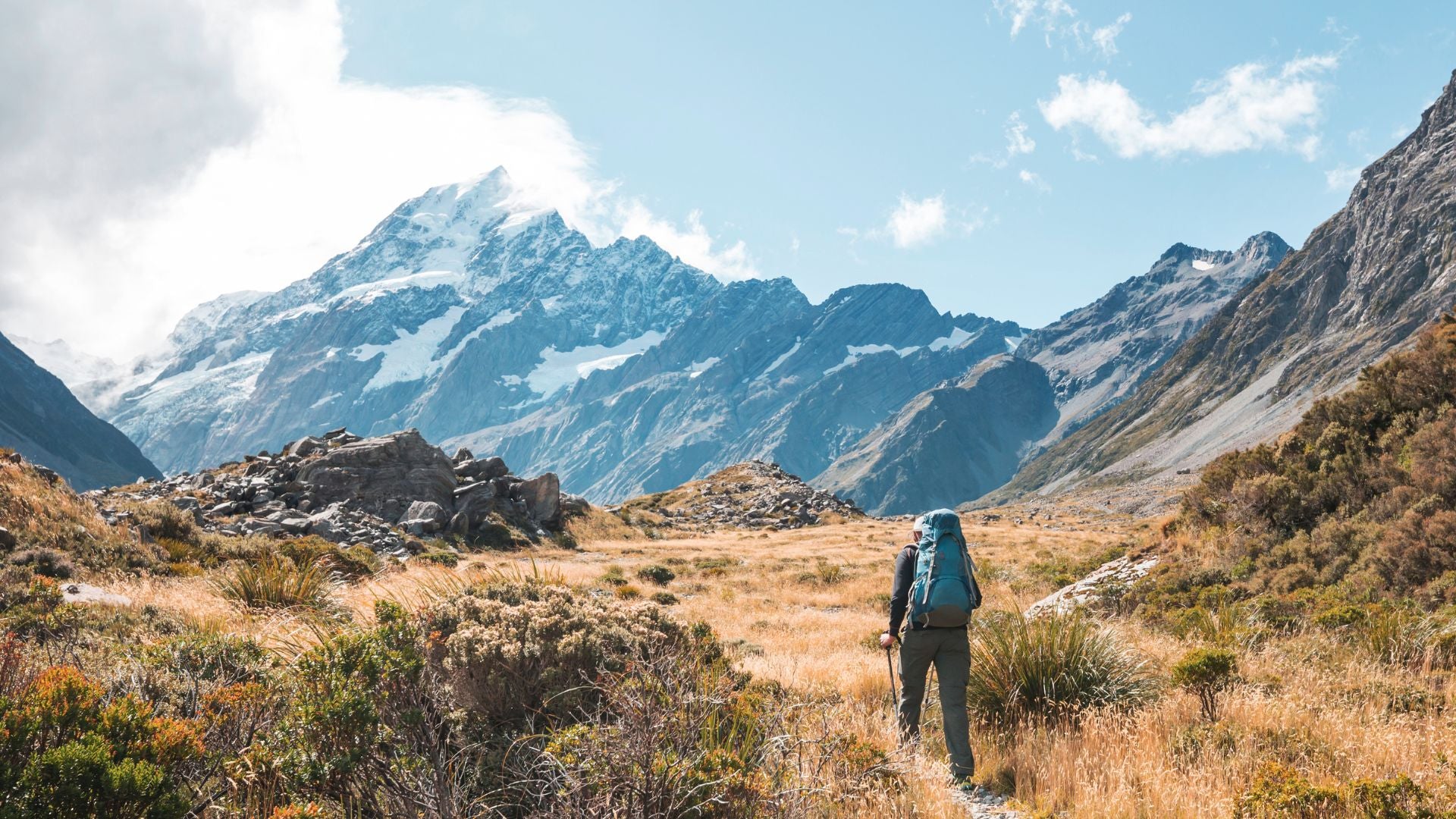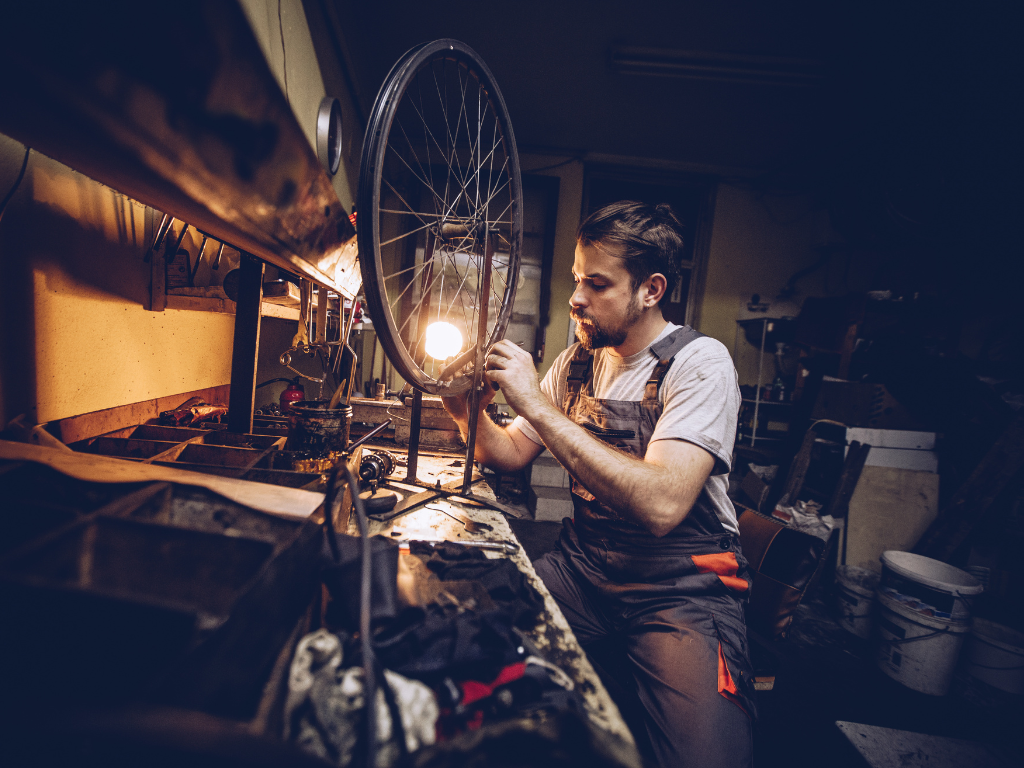
What Climbing Shoes Should I Buy? A Simple Fit; Style Guide
Choosing your first pair of climbing shoes can feel confusing. There are dozens of models, different shapes, and a completely different sizing approach compared to everyday footwear. But finding the right pair doesn’t need to be hard.
This simple guide breaks down how to choose climbing shoes, how they should fit, and what style is right for your climbing level—whether you’re starting in the gym, heading outdoors, or building your bouldering skills.
1. Choose the Right Type of Climbing Shoe
There are three main categories of climbing shoes. Each one performs differently depending on the terrain and your experience level.
Neutral (Best for Beginners)
-
Flat, relaxed profile
-
Most comfortable for longer sessions
-
Durable and supportive
-
Ideal for learning footwork in the gym or on outdoor slabs
Moderate
-
Slight downturn
-
Increased precision
-
Works well for slabs, vertical climbing, and mild overhangs
-
Ideal for progressing climbers
Aggressive
-
Deep downturn
-
High tension through the heel
-
Perfect for steep bouldering and overhangs
-
Not designed for comfort or long sessions
If it’s your first pair:
→ Start with neutral shoes for comfort and confidence while learning technique.
2. Fit Is the Most Important Factor
A well-fitted climbing shoe can instantly improve your footing, precision, and performance. A poorly-fitted one will hold you back.
A good fit should feel:
-
snug but not painful
-
toes lightly curved, not crushed
-
no dead space in the heel or under the arch
-
evenly tight—no sharp pressure points
If your toes lie fully flat, the shoe is too big. If you feel burning pain, it’s too small.
Check the heel
-
It should stay secure when you pull against it
-
No bubbling, slipping, or squishing
Proper fit makes climbing easier, safer, and far more enjoyable.
3. Pick a Shoe Shape That Matches Your Foot
Climbing shoes come in different shapes, and matching these to your foot helps comfort and performance.
Toe Box Shapes
| Your Foot Shape | Visual | Best Shoe Shape |
|---|---|---|
| Big toe longest | slanted toe line | Pointed / asymmetric |
| Toes similar length | squared front | Round toe box |
| Second toe longest | slight “peak” at second toe | Round or medium-asymmetric |
Low vs High Volume
-
Narrow feet → low-volume models
-
Wide feet → high-volume models
This is one of the biggest predictors of all-day comfort.
4. Choose by Where You’ll Be Climbing
Different climbing styles benefit from different features.
Indoor / Gym Climbing
-
Velcro closure for quick on/off
-
Durable rubber for high wear
-
Neutral or moderate profile
Outdoor Sport Climbing
-
Stiffer shoe helps edging on small footholds
-
Moderate downturn increases precision
Bouldering
-
Slight downturn (even for beginners) improves toe hooks and steep movement
-
Velcro or slippers for easy removal
Trad / Multi-Pitch
-
Comfort and support come first
-
Lace-up neutral shoes are ideal
5. Understand Stretch, Rubber & Materials
These factors impact comfort and longevity.
Leather Shoes
-
Stretch half to a full size
-
Great for comfort and molding to the foot
Synthetic Shoes
-
Hold their shape
-
Minimal stretch
-
Good for precision
Rubber Thickness
-
4–5.5mm: durable, supportive, beginner-friendly
-
3–4mm: sensitive, performance-focused
Beginners generally benefit from thicker, more durable rubber.
6. Choose a Closure System That Suits You
Lace-Up
-
Most adjustable
-
Best for long routes or technical climbing
Velcro
-
Quick and easy
-
Ideal for the gym and bouldering
Slippers
-
Very soft and sensitive
-
Better for experienced climbers
7. How to Break In Your Climbing Shoes
Even the best-fitting climbing shoes often need a little time to soften and mold to your foot.
Expect 2–5 sessions to break them in.
Here’s how to break them in comfortably and safely:
Wear them around the house
-
Short periods only
-
Helps warm and shape the shoe without stress on your feet
Climb easy routes for the first few sessions
-
Let the shoe soften gradually
-
Don’t force them into hard boulders straight away
Use socks for the first few wears (optional)
-
Helps ease pressure points
-
Useful for stiffer leather models
Avoid “extreme stretching” hacks
Hot water, heating shoes, or force-stretching can damage or warp them.
If they still hurt after 5–7 sessions…
They’re likely too small or the wrong shape for your foot.
8. Try Multiple Sizes — Sizing Isn’t Standard
Every brand fits differently. You might wear a 40 in one brand and a 38 in another.
Best practice:
-
Try several sizes
-
Don’t obsess over the number on the label
-
Fit and comfort matter more than size
If shopping online, many climbers order two sizes and return the one that doesn’t fit.
9. When to Upgrade Your First Pair
Once you’re climbing more confidently, you may want to upgrade when you feel:
-
you’re slipping on tiny edges
-
you want more sensitivity
-
you’re climbing steeper terrain
-
your current pair is fully worn down
Most climbers move from a neutral shoe to a moderate shoe as their skills progress.
Final Tips for Choosing the Right Climbing Shoes
If this is your first pair, remember:
-
Neutral shoes are best for learning
-
Fit is everything
-
Match the shoe shape to your foot
-
Choose based on how and where you climb
-
Avoid painful shoes—they do NOT make you climb better
The right climbing shoes give you confidence, better footwork, and a more enjoyable climbing experience right from the start.



